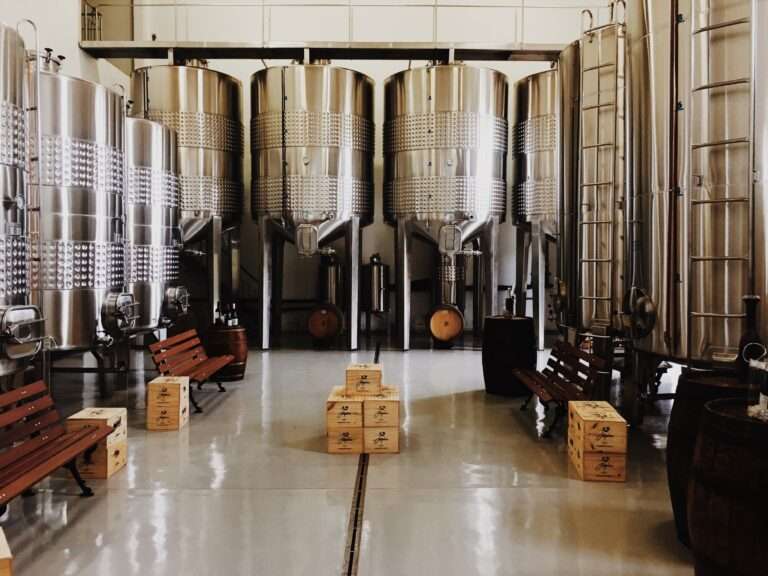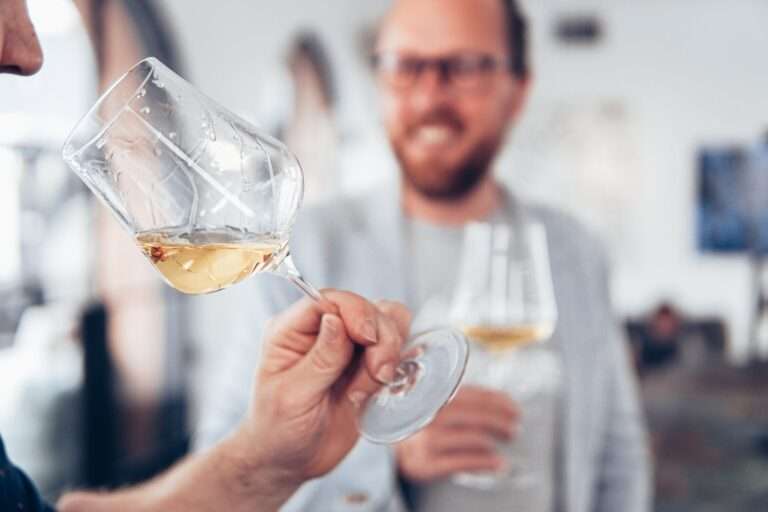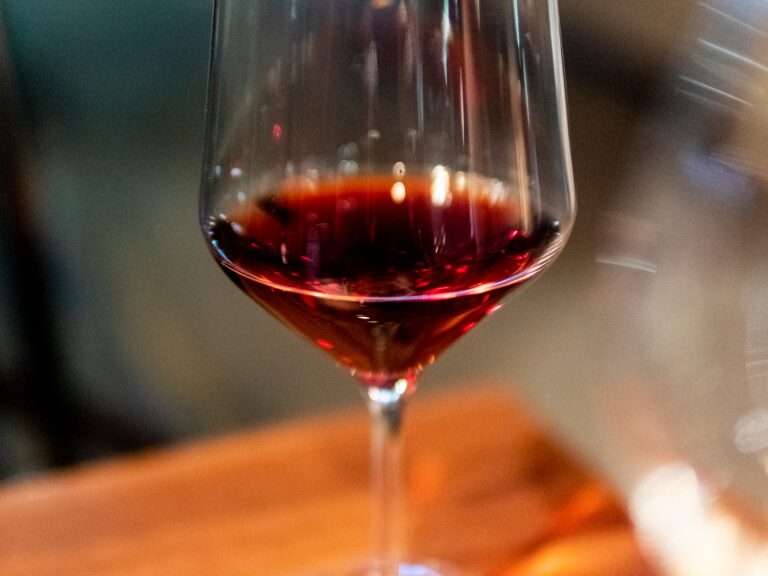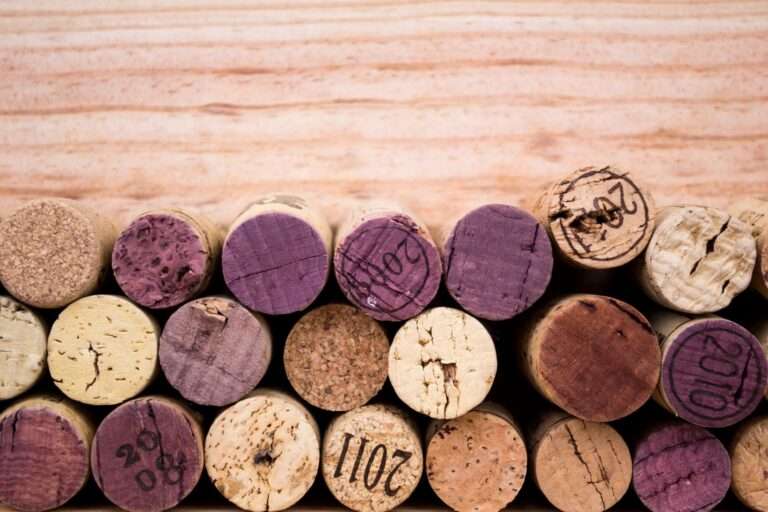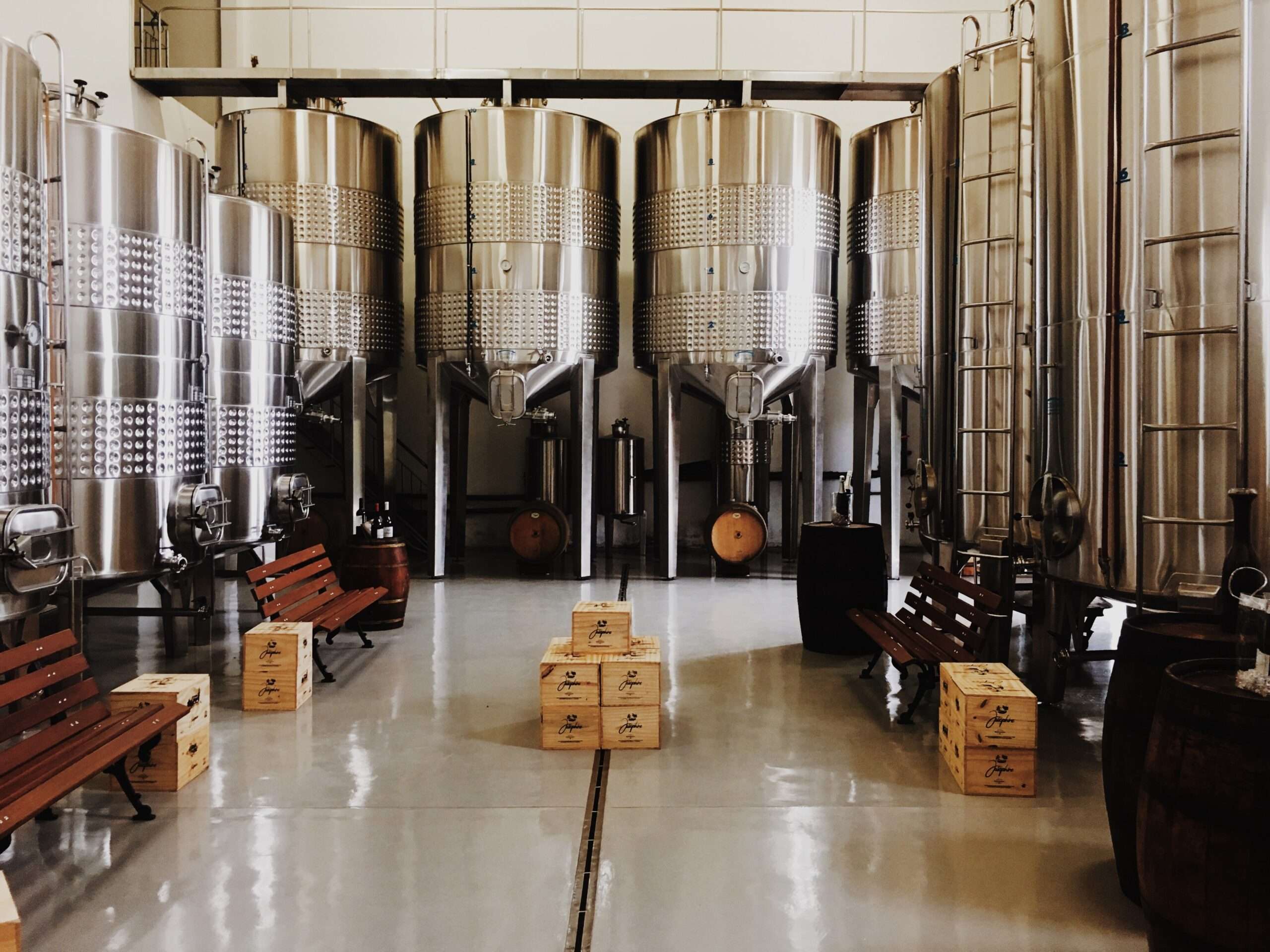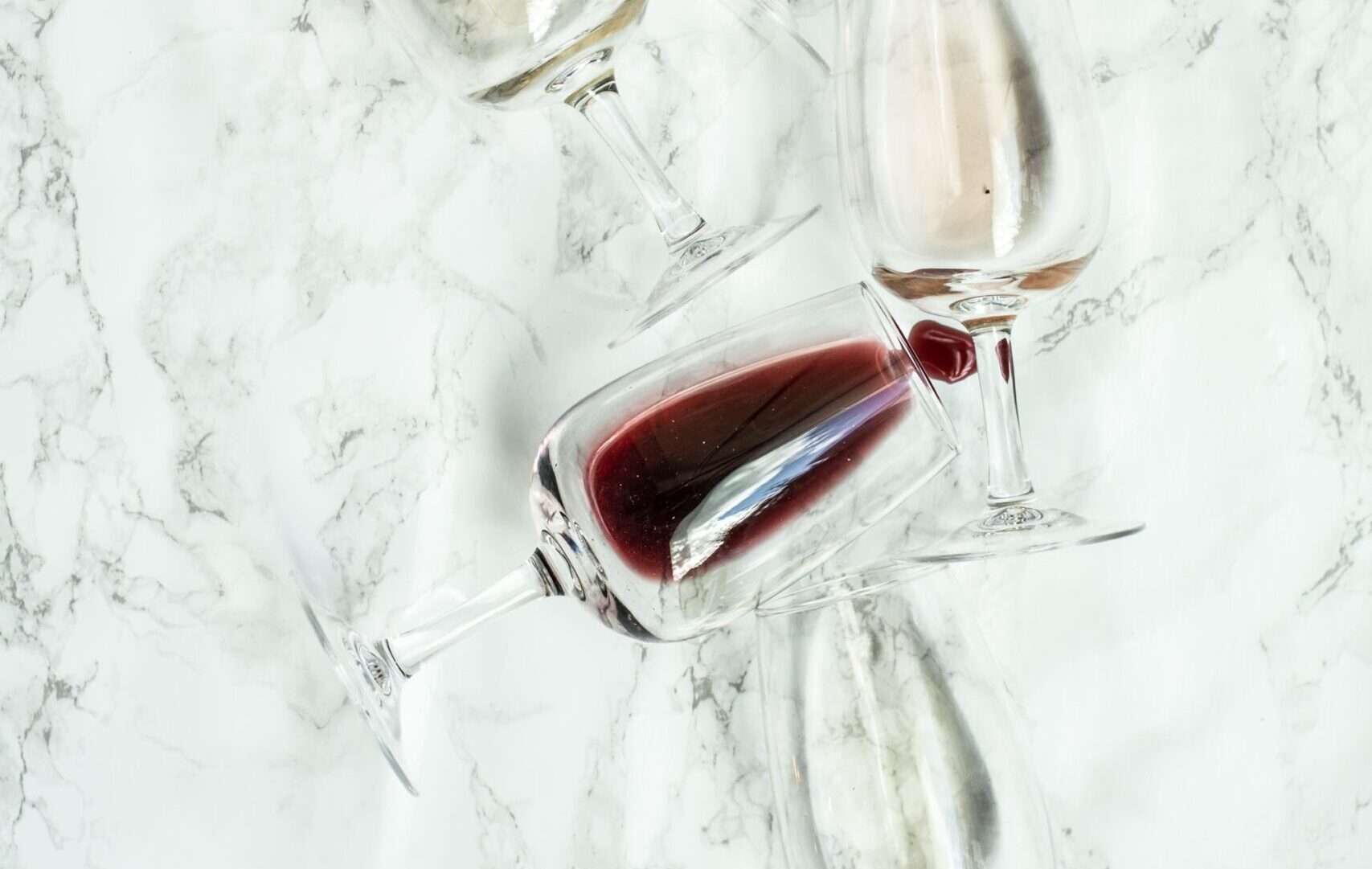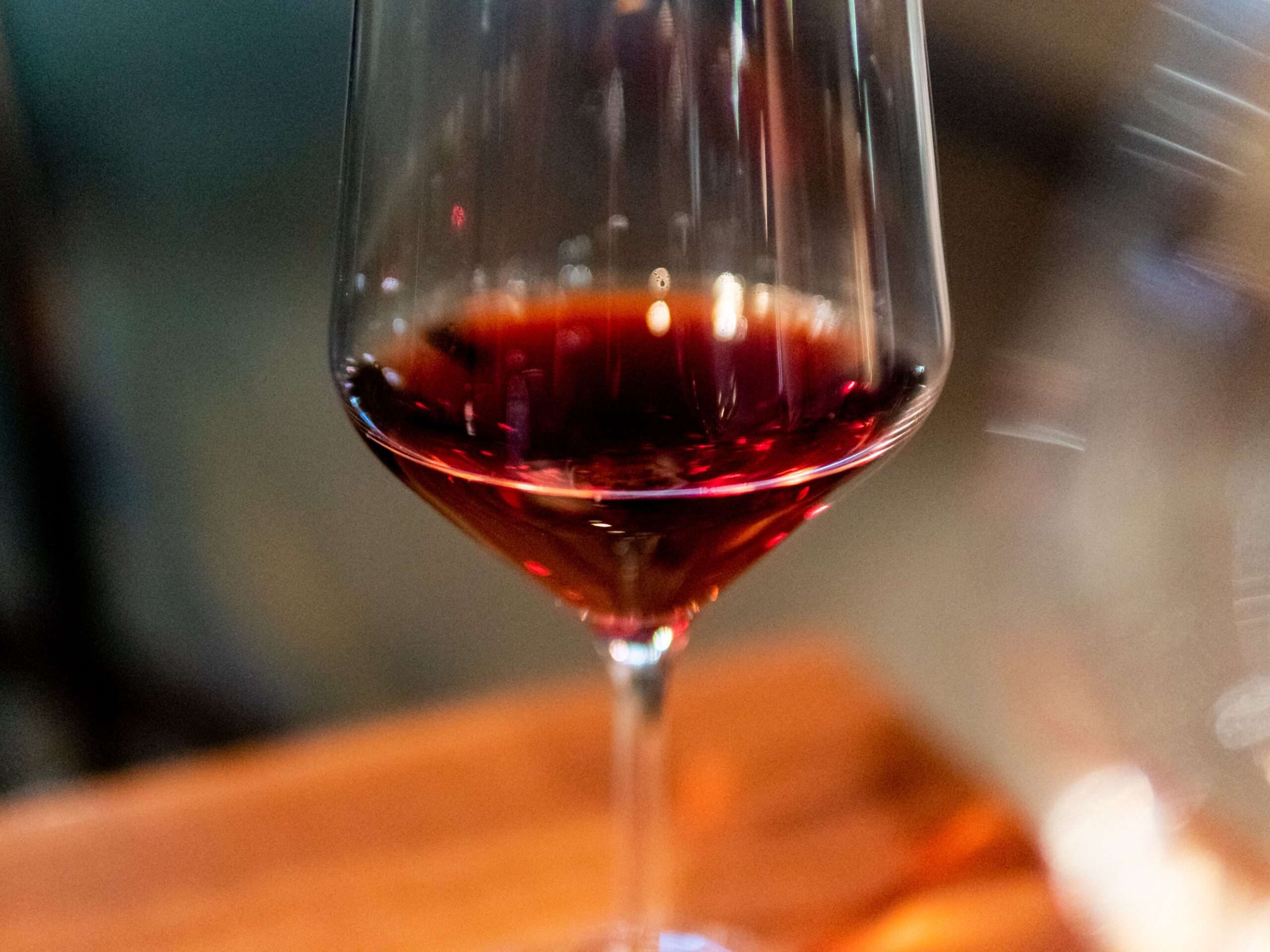Rosé has enjoyed a boom in popularity in recent years, thanks to its stylish millennial pink tint and subsequent rebranding as a day drinking staple. However, even though this pink wine has become the go-to summertime drink for social media influencers, it is one of the eldest varieties of wine ever created with a unique taste. So in that regard, how does rosé taste?
Rose is a pink wine with some of the characteristics and flavors of red wine but is lighter in flavor and fruitier overall. Rosé varies from sweet to dry and can be still or effervescent. Red fruits, florals, citrus, melon, and celery are all common descriptions for rosé wine flavor.
In addition, rosé may be prepared with nearly any red wine grape type, with the lighter color and flavor attained by specific fermenting procedures. Rosé wine is a refreshing, light wine that goes well with the warmer weather, more delicate cuisine, and more relaxed spring and summer days. It has a variety of characteristics to consider. So let’s talk about rosé, shall we?
The Taste Of Rosé
A rosé wine contains color from the grape skins but doesn’t contain enough to be classified as red wine. It may be the earliest known wine, as it’s the easiest to manufacture using the skin contact method.
Depending on the grape varietals used and winemaking procedures, the pink hue can range from a faint “onionskin” orange to a vibrant near-purple. In French, Portuguese, and English-speaking nations, the wine is usually labeled Rosé, Rosado, in Spanish, or Rosato in Italian. With that in mind, let’s look at how rosé is manufactured to understand the flavor better.
The Production Of Rosé
The maceration process, saignée method, and blending method are the three main procedures to manufacture rosé wine.
- The maceration process
Rosé derives its distinctive pink hue via maceration, the most frequent method of producing pink wine. Red grapes are juiced and macerated (soaked) with their skins for a day or two until the juice develops a light pink tint.
After the grape skins are removed, the liquid can ferment further. The longer the rosé is allowed to macerate with the skins, the darker the wine will become. As a result, the color of rosé wines can range from mild blush to vivid pink, and the richer the flavor becomes. That said, rosé is not to be confused with blush wine, which is a blend of red and white wine.
- The saignée process
The Saignée (“San-yay”) process is when some of the juice from red wine is bled out and transferred into a new vat to create a rosé during the first few hours of fermentation. The objective of bleeding out the juice is to make a gorgeous rosé while also concentrating on the strength of the red wines.
Because of the production technique, saignée wines are pretty uncommon, accounting for only around 10% to 20% of a winery’s total output. However, this approach is often used in wine areas produced by good red wines, such as Napa and Sonoma.
- The blending process
The blending process is when a small amount of red wine is added to a vat of white wine to generate rosé, and it produces a wide variety of light to heavier wines. Due to the fact that it doesn’t take much red wine to make a white wine pink, these wines often contain up to 5% red wine.
This procedure is unusual in still rosé wines, although it is more prevalent in sparkling wine areas like Champagne. Ruinart’s rosé Champagne, which is predominantly Chardonnay with a smidgeon of red Pinot Noir mixed in, is an excellent example of an excellent wine created using this approach.
Grenache grapes make up the majority of the blend in blended rosé wine. You can find the following grape varieties in rosé blends:
- Cabernet Sauvignon
- Syrah
- Cinsault
- Mourvèdre
- Tibouren
- Carignan
The Rosé Wine Tasting
Red fruit, florals, citrus, and melon are the major tastes of rosé wine, with a delightful crisp green flavor comparable to celery or rhubarb on the finish. But, of course, the flavor of rosé wine varies widely depending on the variety of grape used.
A dark-colored Italian Aglianico rosé–in Italy, rosé is known as “Rosato”–will have cherry and orange zest flavors, while a pale-colored Grenache rosé from Provence in France will have honeydew melon, lemon, and celery flavors.
What Is The Source Of Rosé’s Color?
A red grape variety is used to make the majority of rosé wines. Syrah, Merlot, Pinot Noir, Grenache, Malbec, Tempranillo, Cabernet Sauvignon, Zinfandel, and Sangiovese are the most communal varietals used to make rosé wine.
These varietals can be used separately or as part of a mix. Rosé varietals vary by country. Therefore, a rosado from Spain will likely be mainly produced from the Tempranillo and Garnacha grapes.
In contrast, Rosados from Italy will likely be primarily Sangiovese, and Rosados from the United States will probably be Cab, Merlot, and Zinfandel. Again, it is because the skins of red grapes are traditionally allowed to come into touch with grape juice for a limited period.
The shorter the period spent in contact with the skins, the lighter the color of the wine. However, extensive contact with juice and skins results in some spectacular, eye-catching color changes ranging from a dazzling orangey-pink to a blazing hot pink.
Sparkling rosés are historically prepared using a combination of red and white grapes. Although at the same time, this approach is typically relegated to the sparkling category, it has begun to appear in the production processes of certain still rosé wines.
Popular Rose Styles
Rosé wine blends are made up of many distinct grape varieties. Some rosé wines rely more strongly on specific grapes, resulting in rosé subcategories or distinct “types” or “styles.” Depending on the grapes used, each style of rosé wine has a somewhat different flavor character. As a result, the following are some of the most popular types of rosé
- Syrah rosé
A robust, dry wine with aromas of olive and cherry, Syrah rosé is a great choice. It does not require as much chilling as typical rosé wines.
- Sangiovese rosé
Sangiovese rosé is a fruity yet dry wine often made in Italy. With an acidic finish, notes of fresh strawberries, green melon, and flowers assault the tongue.
- Cabernet Sauvignon rosé
Cabernet Sauvignon rosé is savory, dry, and has a more robust red wine flavor than most other rosés. It has bell pepper, black cherry, and spice flavors and is more acidic than standard cabernet sauvignon.
- Tempranillo rosé
Tempranillo rosé is a Spanish grape type that is savory, dry, and fruity with a meaty taste character.
- White Zinfandel
White Zinfandel is a sweet rosé with a modest degree of acidity. Lemon, melon, and strawberry are among the flavors of white Zinfandel.
- Provence rosé
The most diverse and traditional of rosé wines is Provence rosé. With strawberry and rose petal overtones, this fresh and light wine goes well with any dish.
- Tavel rosé
Tavel rosé is full-bodied, flavorful, rich, and dry. Tavel contains fruit notes, but they’re earthier and nuttier than others.
- Pinot Noir rosé
Pinot Noir rosé is a light and refreshing rosé with apple, strawberry, and melon aromas.
- Mourvèdre rosé
Mourvèdre rosé is a full-bodied rosé with flowery aromas that develop into a rich cherry, smokey, and meaty taste on the tongue.
- Rosé Champagne
Rosé Champagne, often known as sparkling rosé, combines Champagne and red wine. Traditional Champagne has a stronger and more intense taste than rosé Champagne. Champagne is the only area where blending white and red wines to make rosé is authorized.
Rosé Vs. Champagne Vs. Prosecco
The consumption of bubbles should not be limited to New Year’s Eve or special events. Many people enjoy the crisp, fizzy flavor of sparkling wine year-round, with or without the addition of orange juice, depending on the time of day.
However, even if you enjoy sparkling wine, you may not understand the distinctions between Sparkling Rosé, Champagne, and Prosecco. Following that, here’s what you should know.
Getting To Know Champagne
Champagne is a sparkling wine made by causing secondary fermentation in the bottle to cause carbonation. It has to do with terroir, or where the grapes are cultivated, and it’s a geographical issue. In terms of soil and climate, the Champagne area is unique – you won’t find it anywhere else.
The major grapes are pinot noir, Pinot Meunier, and Chardonnay, and the wine is carbonated using the méthode champenoise, a secondary fermentation done directly in the bottle. Champagne is protected and controlled by the EU, and tradition is a huge part of it.
Getting To Know Prosecco
Prosecco is a famous wine in Italy for any occasion. Outside of Italy, it’s most commonly used as an aperitif, similar to Champagne. Prosecco, like other sparkling wines, is served cold. However, unlike Champagne, prosecco does not ferment in the bottle and becomes stale with time.
Although high-quality Prosecco can be kept for up to seven years, it should be used as soon as possible and preferably within three years after its vintage.
Prosecco has a modest alcohol content, at 11 to 12 percent by volume, when compared to other sparkling wines. Prosecco’s flavor has been characterized as highly fragrant and crisp, evoking memories of yellow apple, pear, white peach, and apricot.
Unlike Champagne, known for its rich flavor and subtle secondary smells, most Prosecco varieties have solid primary aromas intended to be light, refreshing, and straightforward.
Prosecco is often served unmixed; however, you may also find it in various mixed cocktails. It was the original principal component in the Bellini and Spritz drinks, and it may also be used as a substitution for Champagne in other cocktails like the Mimosa. Prosecco is also used in the Italian mixed cocktail and vodka and lemon sorbet.
Getting To Know Prosecco Rosé
Prosecco Rosés are distinguished from other pink sparkling wines by regulatory factors such as varietal breakdown, color, and fermentation. In addition, grapes must originate from a specified geographic location that meets the Italian government’s quality standards to be classified as Prosecco Rosé.
Glera grapes account for around 85% of Prosecco Rosé, with Pinot Noir accounting for the balance (about 10-15 percent ). Different grape varieties from diverse places can be used to make sparkling rosé wines.
The Prosecco Rosé must be fermented in stainless steel tanks for at least 60 days to be DOC in Italy. Other sparkling rosé wines do not need to be fermented for as long, and others simply need to be fermented for one week.
Getting To Know Sparkling Rosé
They turn it pink when you think you’ve grasped the distinction between Champagne and Prosecco! There are two ways to make sparkling rosé. The first method is to leave the black grape skin on for a portion of the fermenting process, allowing the color to penetrate the liquid.
It is referred to as ‘saignée’ in French (as mentioned earlier). The most frequent method for making rosé is to simply blend a tiny amount of red wine with the white base wine before secondary fermentation.
Rosés are produced in a wide variety of styles all around the world. The basic formula of sugar + yeast = alcohol and carbon dioxide—and then not allowing the resultant gas to escape—creates a wide range of flavors, from light and flowery to deep, full-bodied, and fruity.
When fermented in a closed setting, carbon dioxide is returned to the wine, only to be released as tiny bubbles when opened. Many nations have their own variations, focusing on fruitiness, bubble size, and procedures.
The most incredible time experimenting with pink bubbles is in the summer when the flavors are reminiscent of flowers, fresh fruits, and citrus. Light summer appetizers, fresh pasta with seasonal veggies, and, my personal favorite, a cheese board with delightful summer jams combine nicely with sparkling rosé.
Conclusion
Rosés are ideal for spring and summer since they may be served chilled and can be a delightful companion to a wide range of warm-weather meals. Rosé wines also rank first in terms of food-friendliness. With so many variations mimicking a fruity flavor, this antiquated invention remains popular with a distinct personality.





